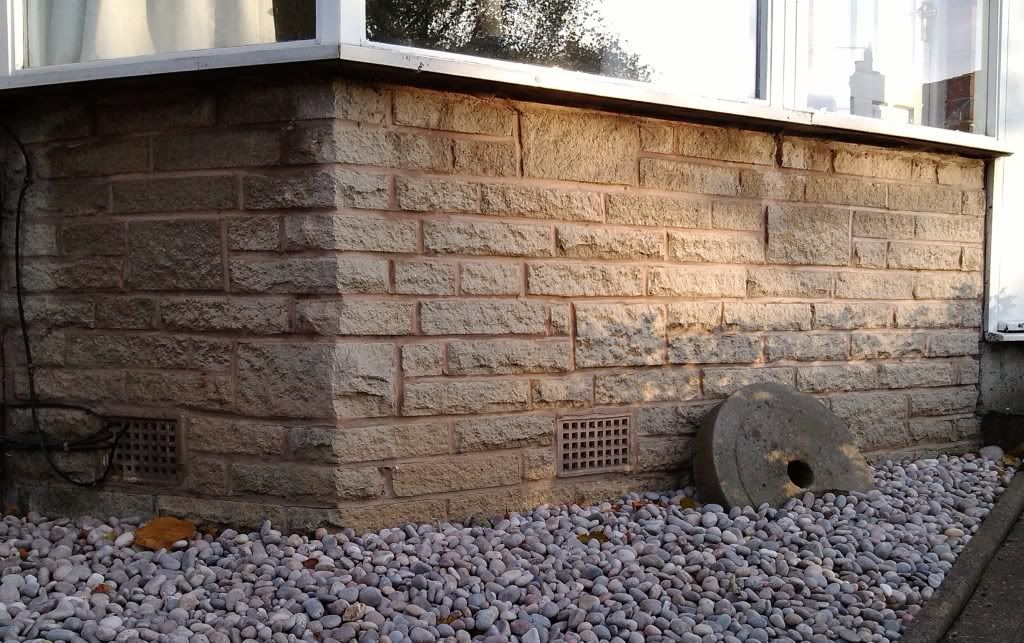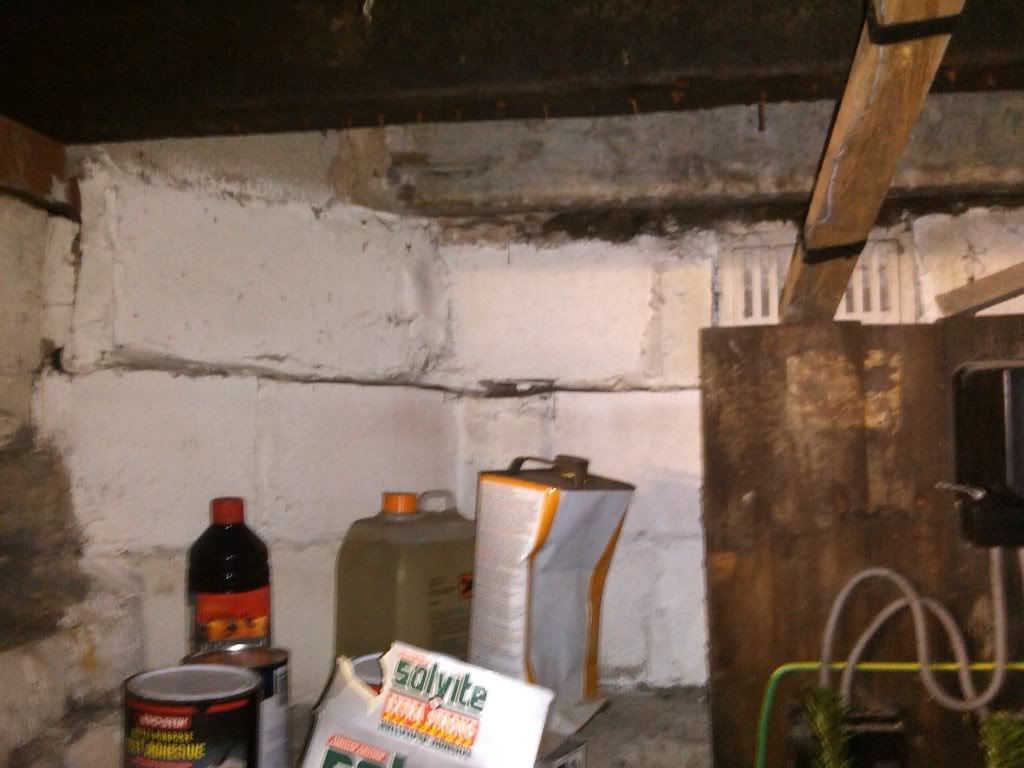Hi All,
Just wondering if anyone could help me, I'm wanting to put a tumble dryer in my cellar but I've a few queries;
1) Firstly, whether I'll be able to put the outlet where I want. See pictures (and excuse the mess on the inside, I'm tending to the cellar next); as you view the house from the front I'm thinking of putting the vent to the right of the middle airbrick (a bit to the right of the mill stone so I don't hit the corner of the inner wall). I'm thinking this makes most sense in terms of not compromising the strength of the wall. Could anyone comment? And also advise the best way to drill the hole?
I was planning on going from the outside to the inside with a core drill.
2)Also the vent will be above tumble dryer height, everything I've read advises to keep the vent on the outside the same height as the outlet of the tumble dryer indoors. This isn't possible, is there any practical problem with this?
Pictures:



Thanks in advance[/img]
Just wondering if anyone could help me, I'm wanting to put a tumble dryer in my cellar but I've a few queries;
1) Firstly, whether I'll be able to put the outlet where I want. See pictures (and excuse the mess on the inside, I'm tending to the cellar next); as you view the house from the front I'm thinking of putting the vent to the right of the middle airbrick (a bit to the right of the mill stone so I don't hit the corner of the inner wall). I'm thinking this makes most sense in terms of not compromising the strength of the wall. Could anyone comment? And also advise the best way to drill the hole?
I was planning on going from the outside to the inside with a core drill.
2)Also the vent will be above tumble dryer height, everything I've read advises to keep the vent on the outside the same height as the outlet of the tumble dryer indoors. This isn't possible, is there any practical problem with this?
Pictures:



Thanks in advance[/img]

